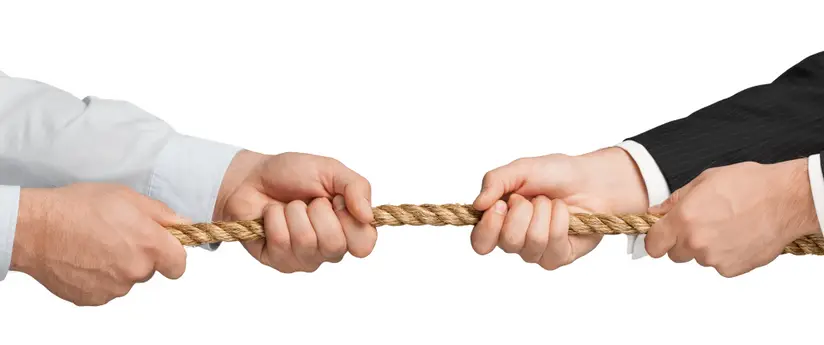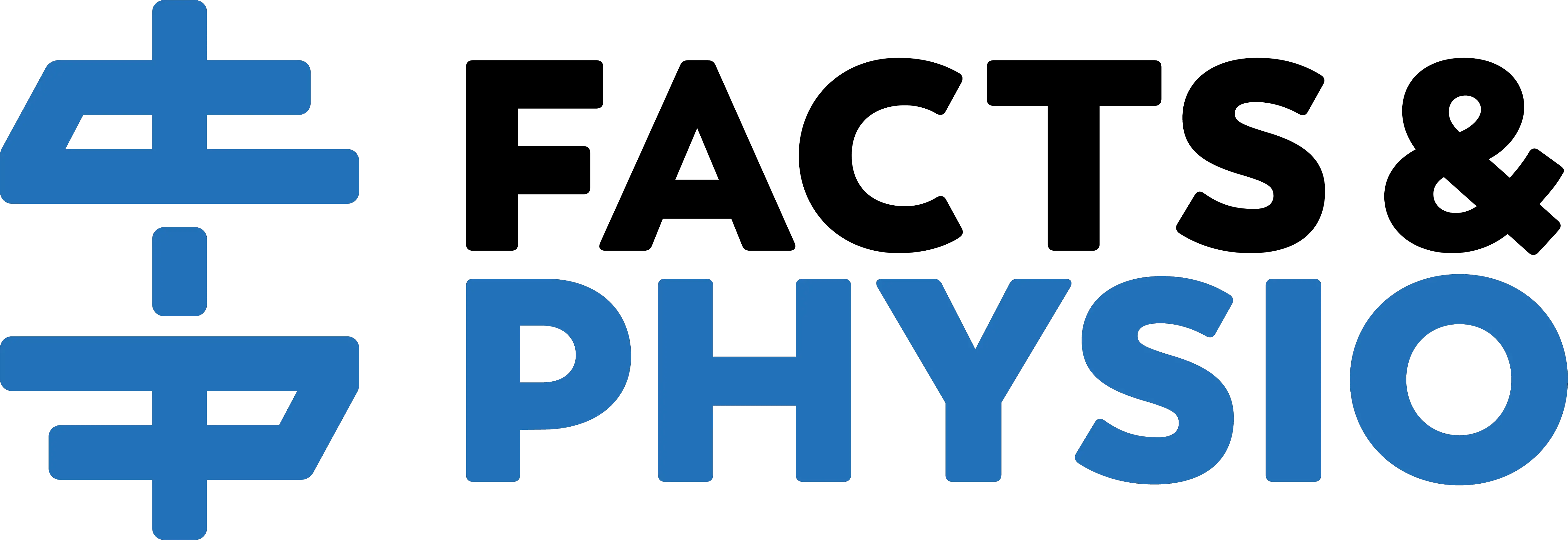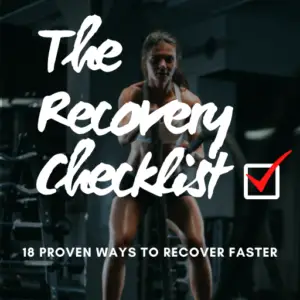Balance. It’s crucial for optimal health.
For example, the balance between training hard and resting well. Going to the doctor regularly, but not for every itch or pang of soreness. Eating a balanced diet – holding a donut in each hand.
Here are 4 reasons to “do the opposite” for better health.
1. Stretch vs. Strengthen
Contrary to popular belief, more flexibility isn’t always better. Super stretchy folks face pain and problems due to their excessive mobility (Pacey 2010). And excessive stiffness isn’t ideal either.
Learn more: 5 Reasons Stretching is Overrated
As a young athlete, my aches and pains came from having too much flexibility. Once I got strong, those issues disappeared.
On the other hand, inflexible meatheads can benefit from a healthy dose of yoga and dynamic mobility work in their lives.
Adequate mobility lets us squat down to the lowest (and most comfortable) toilet seats. Or play on the floor with the kids. And most importantly, reach the phone under the driver’s seat that dropped down there again.
2. A Simple Fix for Low Back Pain?
Expert physical therapists use the McKenzie Method with clients for low back pain and sciatica relief.
Most of us frequently flex our spines (bend forward) throughout the day.
McKenzie stretches do the opposite. The patient extends their spine (bends backwards) in a repeated fashion. This simple movement provides pain relief for >50% of all low back pain sufferers.
This treatment approach is outline in the best-selling, Treat Your Own Back.

See the top 3 McKenzie stretches in this article: 3 Simple Exercises for Immediate Low Back Pain Relief
3. Cardio vs. Weights
The age-old debate. Which is better for your health: resistance training or aerobic exercise?
It’s like asking, “Which is better: going to the dentist or the eye doctor?” They are both important and they serve different purposes.
Active adults who only lift or only run will reap rewards when they do the opposite.
Dedicated lifters boost their endurance, stamina and cardiovascular health by adding aerobic exercise to their training routines.

Avid runners benefit from weight training because it reduces injury risk (better than stretching) and strengthens their bones, muscles and joints.
4. A Nervous Balance
Your body has two opposing nervous systems.
The sympathetic nervous system (SNS) and the parasympathetic nervous system (PNS). The SNS is the fight-or-flight system. The PNS handles rest and recovery.
The SNS and PNS play a continuous tug-of-war that impacts your focus, heart rate and hormones.

Too much sympathetic drive leaves you amped up, stressed out and sleep-deprived. A PNS takeover makes you sleepy, sluggish and slothful.
Modern life makes it easy to turn on (and never turn off) the sympathetic nervous system. Just drink too much caffeine, listen to Eye Of The Tiger on loop and argue about politics with your crazy relatives on Facebook.
Activating the parasympathetic system is more challenging and more necessary for most of us. Here are my 7 favorite strategies for stress relief.
Readers: Have you ever done too much of a good thing? Too much stretching that made you weak and injury-prone? Too much lifting that left you strong but inflexible? Share your thoughts in the comments.
For more evidence-based health tips, join the free Facts & Physio Newsletter. Plus, get The Recovery Checklist when you sign up.

